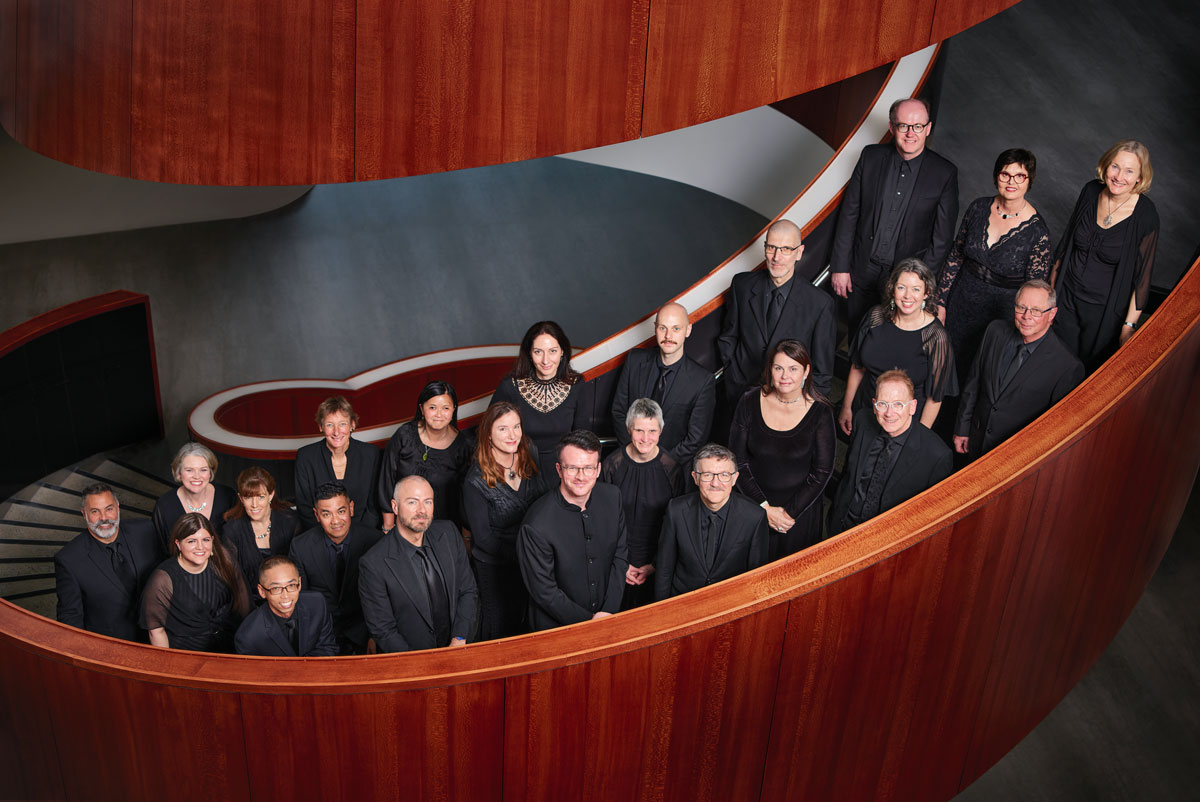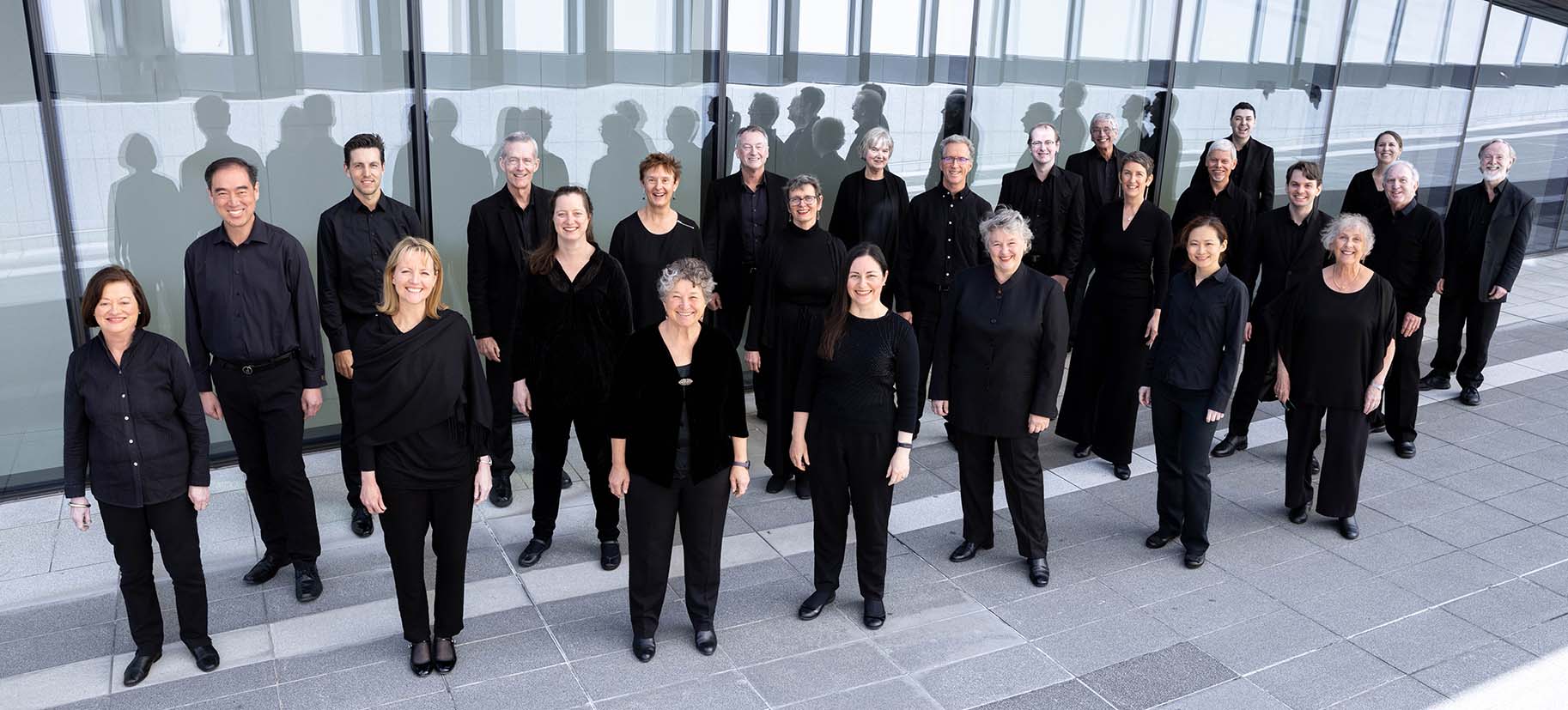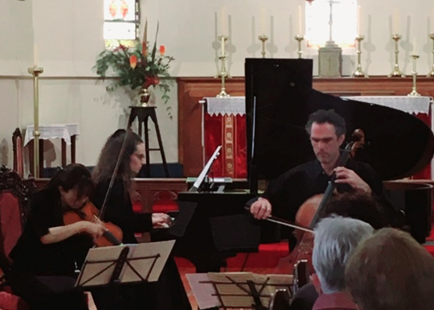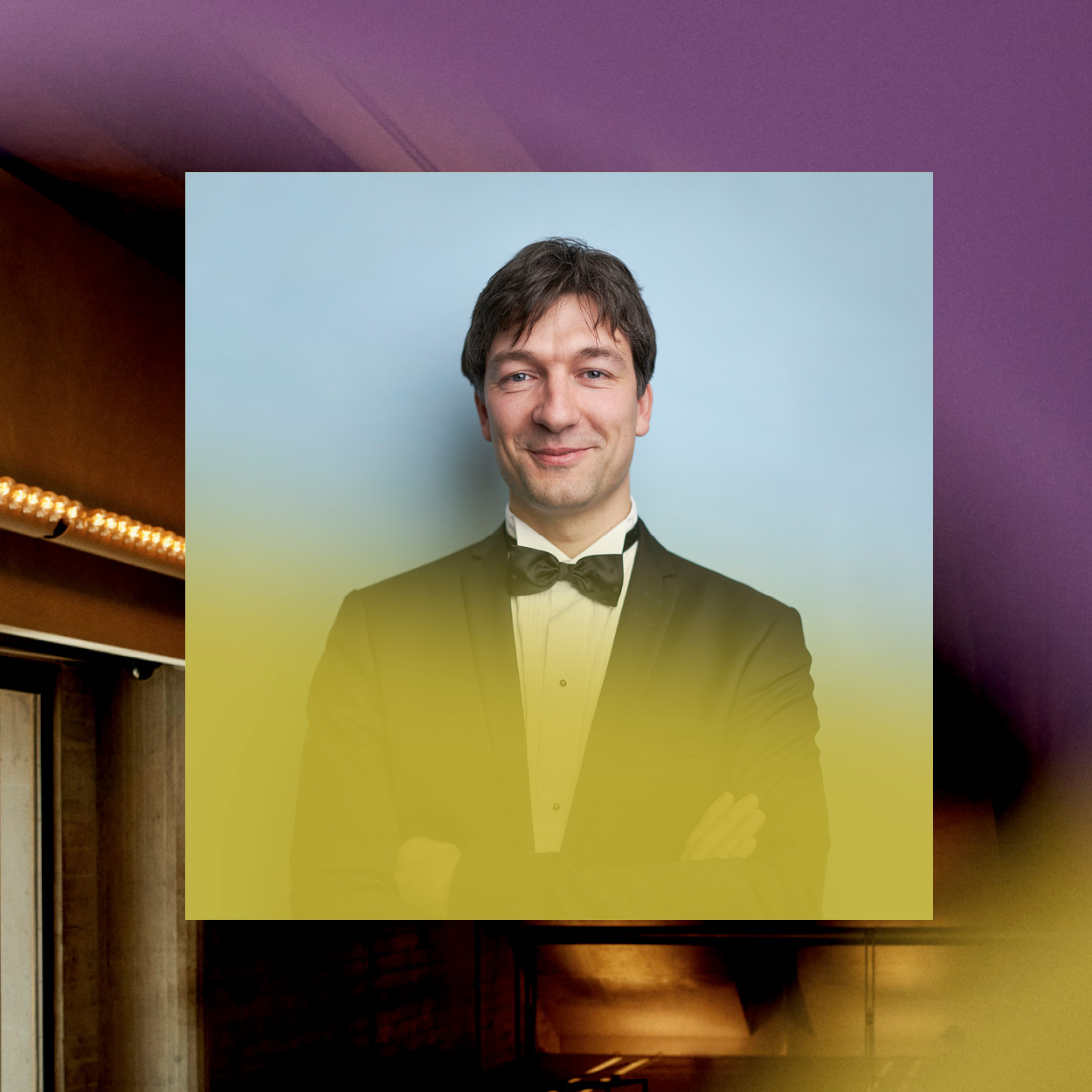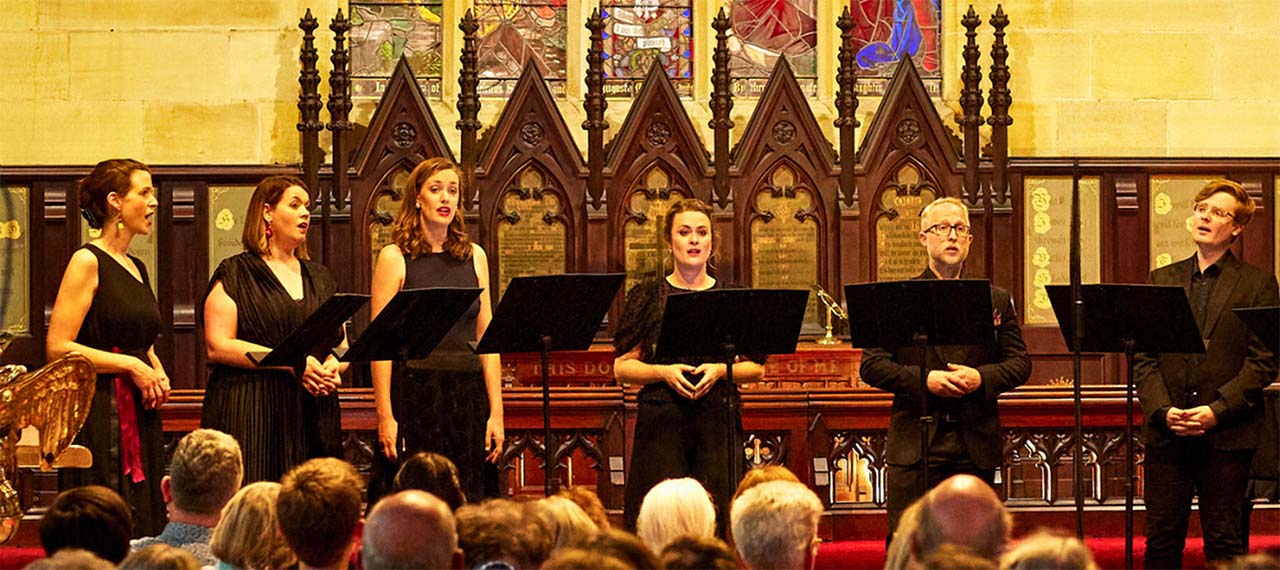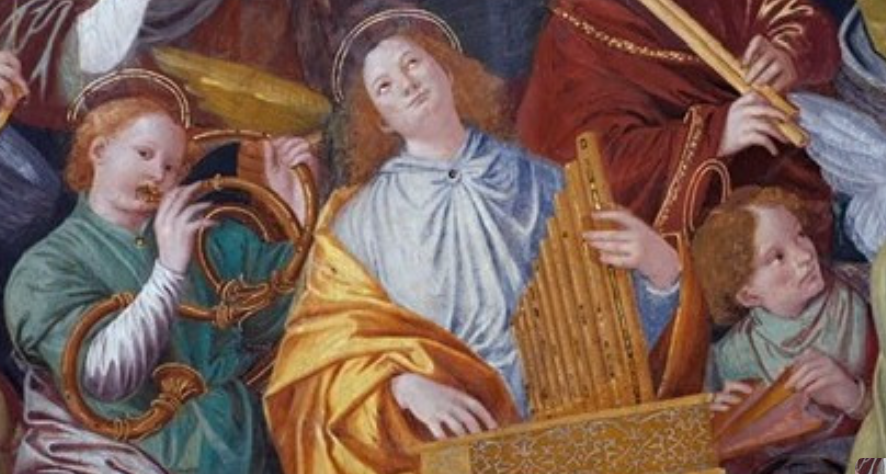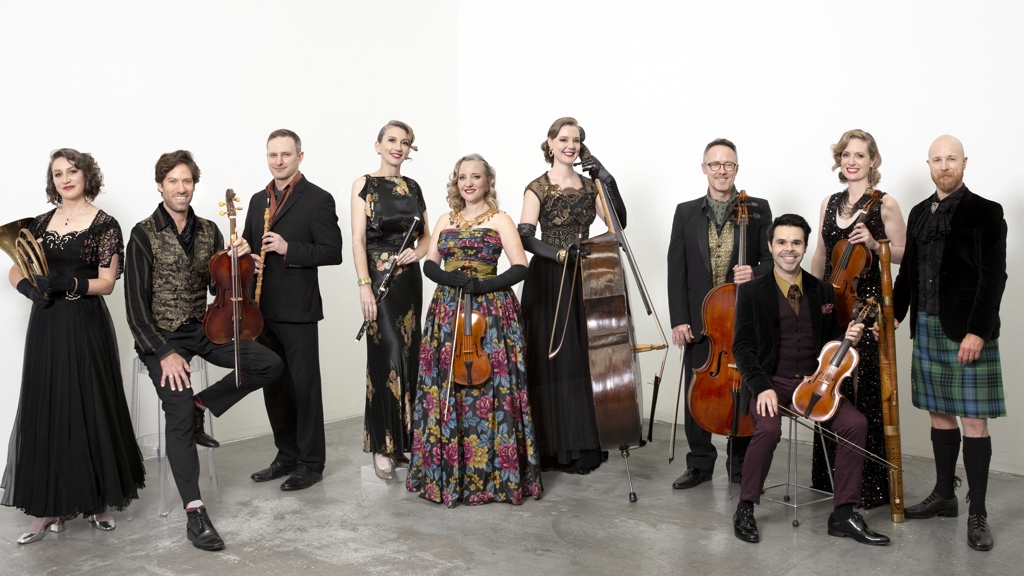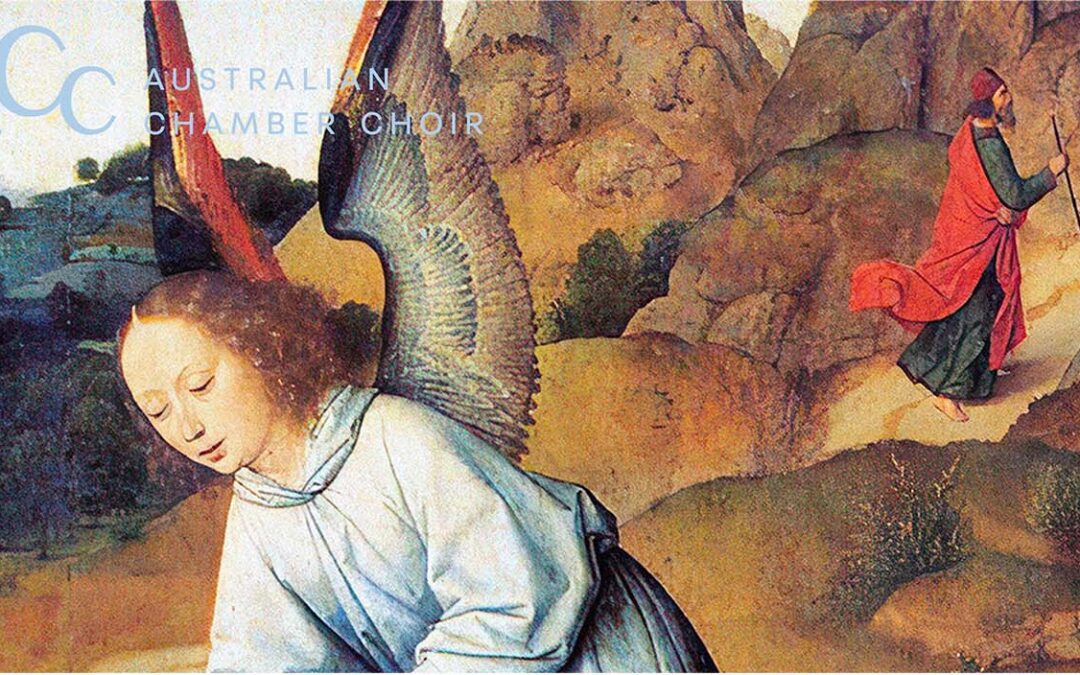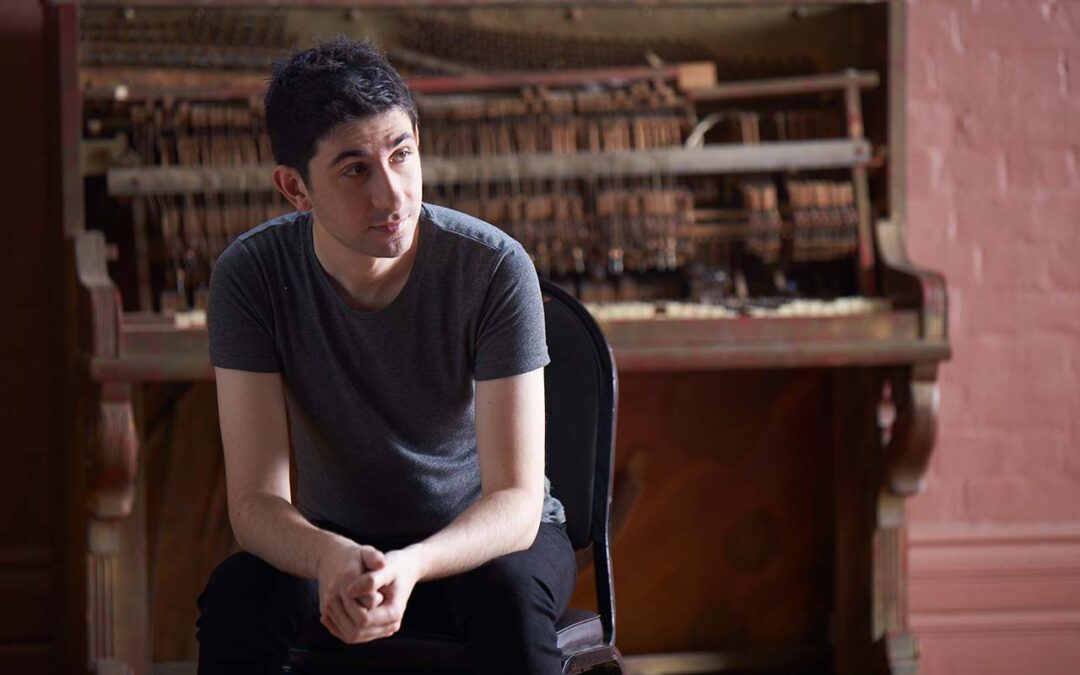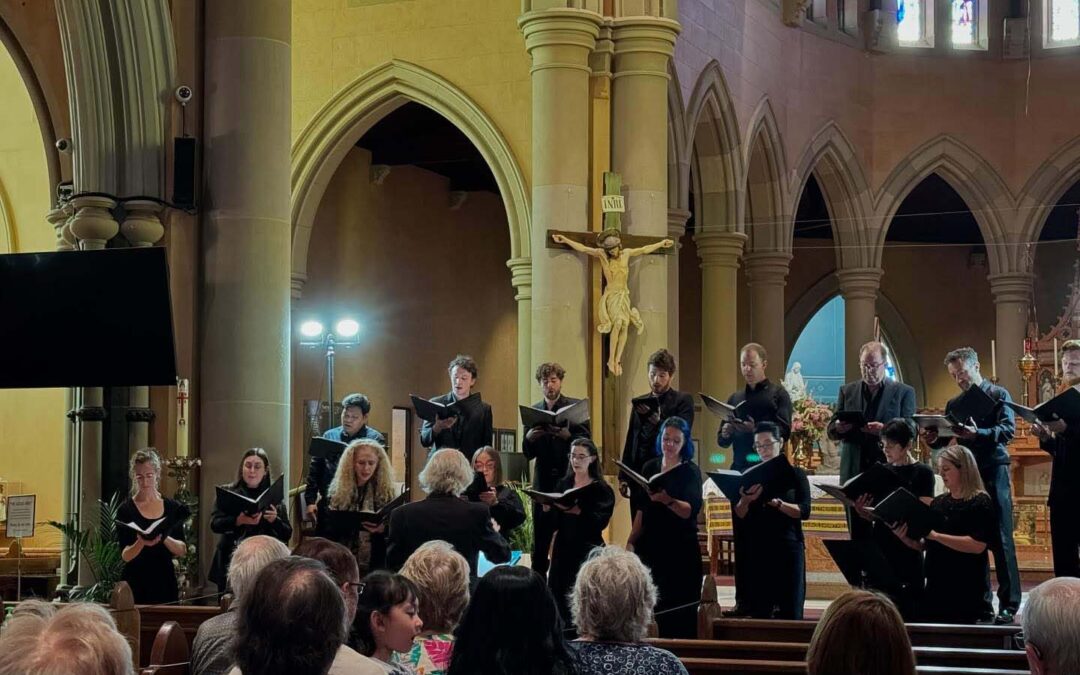At first sight, the programme for Phoenix Collective’s last recital for the year looked more conventional than usual but this proved not to be the case. There is an original flair to Phoenix’s musical interpretations, and this shows in their choice of works.
As usual, each work was introduced by one of the quartet and it was the violist, Ella Brinch, who gave us a fascinating insight into the events surrounding Janacek’s second string quartet “Intimate letters”.
Janacek was not the first artist to search for an unattainable love (think of Hector Berlioz for instance) but maybe the only one to keep contact with his dream throughout his life even though she married and had children and he continued to live with his wife. So the first movement, according to the composer himself, celebrates his first meeting with Kamila, forty years his junior – it starts with angry forceful rhythms but resolves into tranquillity and a final soft tonic major chord. The second records their first kiss and starts quietly but is interrupted by a jaunty peasant dance while the third reflects the early death of his daughter and ends in a violent fortissimo. The finale, an expression of his joyful moments with Kamila starts with a dance, but then morphs into extreme dissonance while the dance reappears in different forms on no less than four occasions.
On the whole, the work gives an impression of intentional dislocation and jumpiness which is no doubt how Janacek viewed his life – it was performed with incredible sympathy and dexterity by the quartet.
If Janacek’s life was mysterious, events around the time that Schubert wrote his “Death and the Maiden” quartet could only be described as tragic although he composed optimistic works in his last years such as his string quintet and two piano trios. He was penniless and suffering from syphilis and, worse, the side-effects of its treatment. It’s really only the second movement that relates to the title song. The outer movements are dramatic rather than tragic and contain typical Schubertian variations and frequent modulations. It is one of his best-known works and deservedly so.
The quartet melds superbly under the leadership of Dan Russell, the cello is of prime importance in these pieces and I particularly appreciated the contribution and dedication of Andrew Wilson whose sound was prominent when necessary but suppressed when not. Accuracy was beyond question and the bush surroundings of Greenaway Chapel added to the atmosphere – apparently the continued availability of this venue is in doubt, which is a pity.




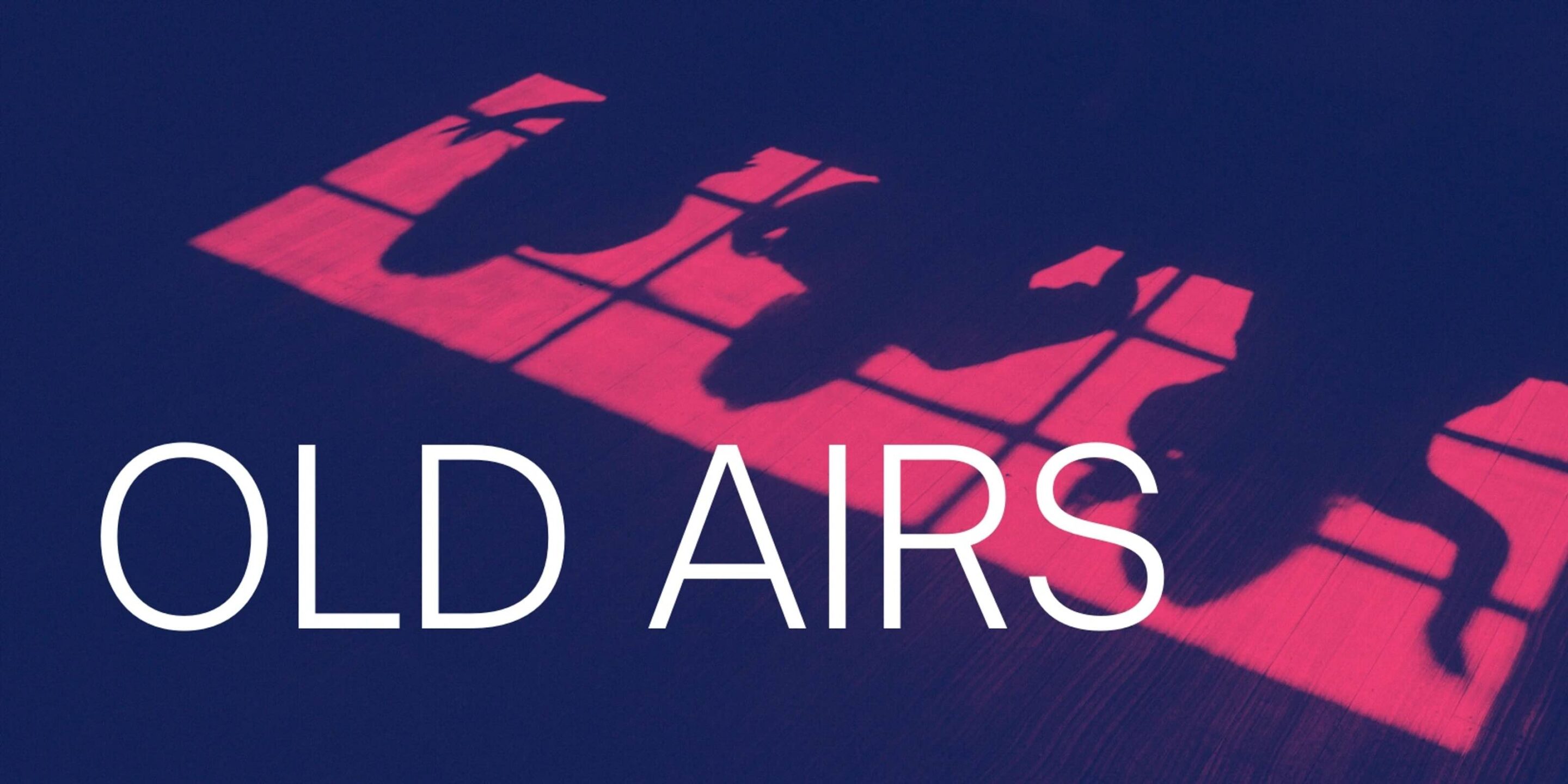
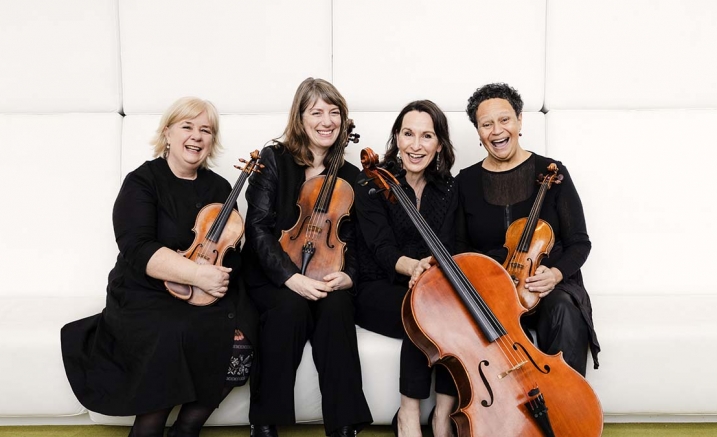


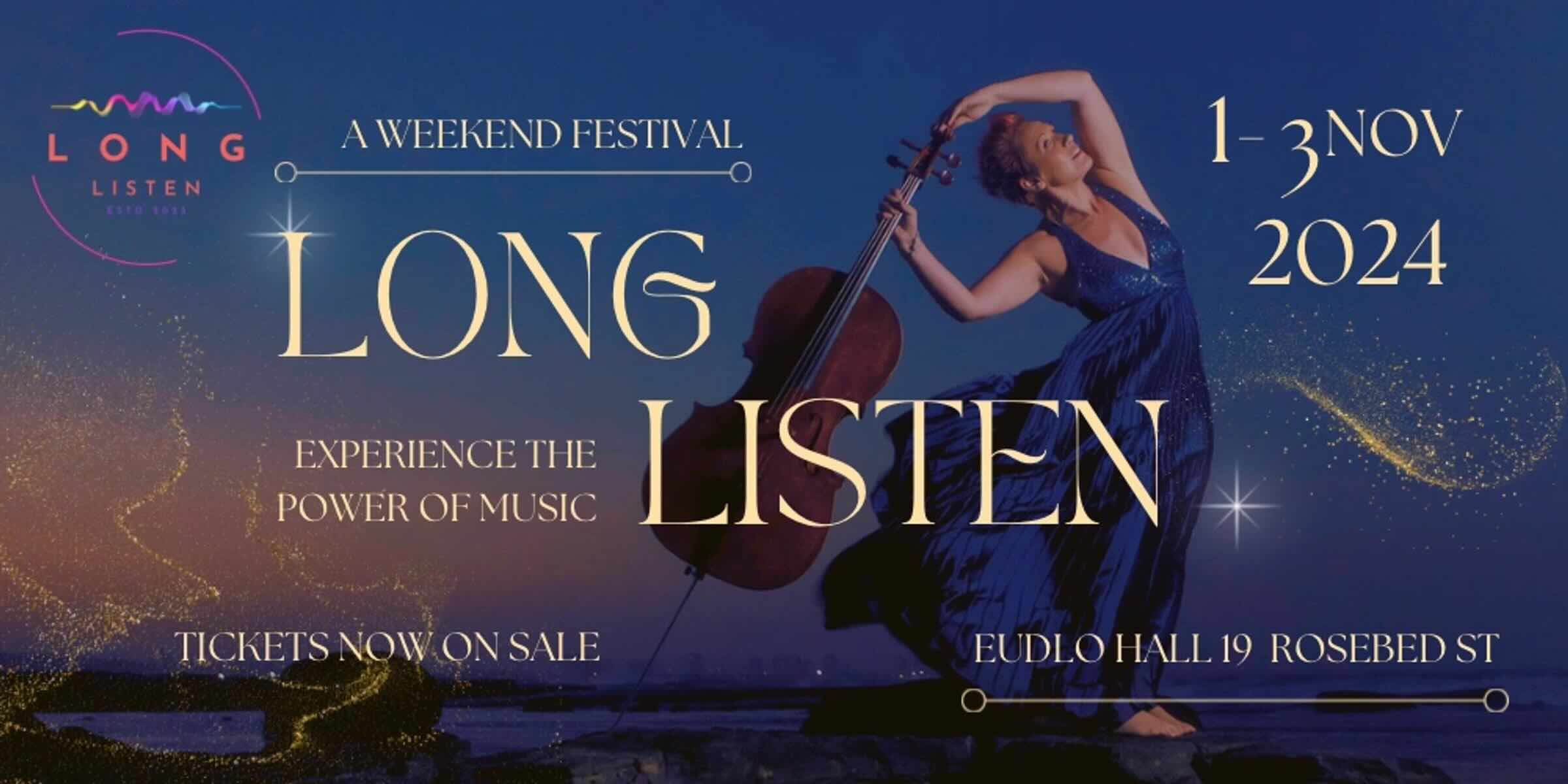
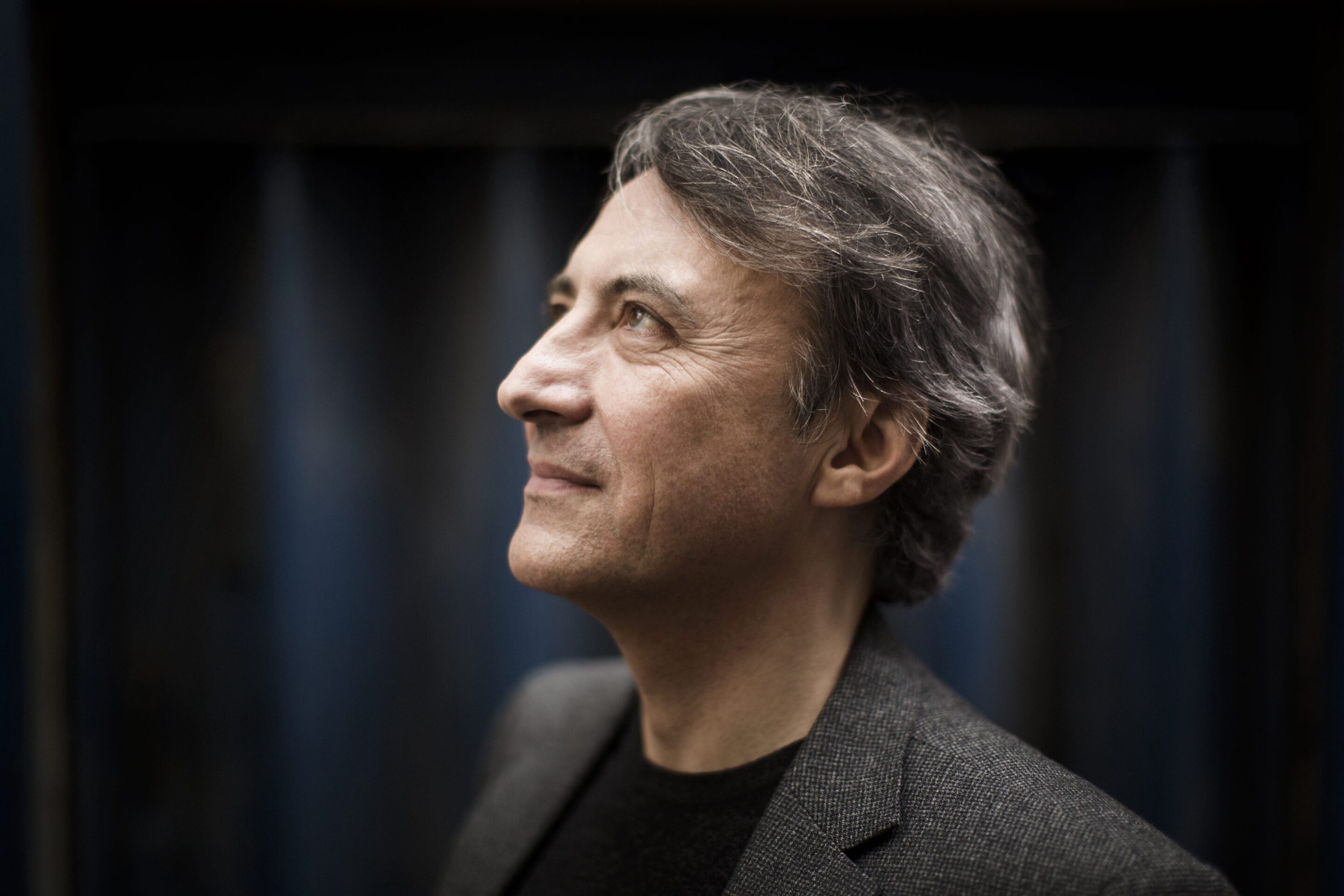

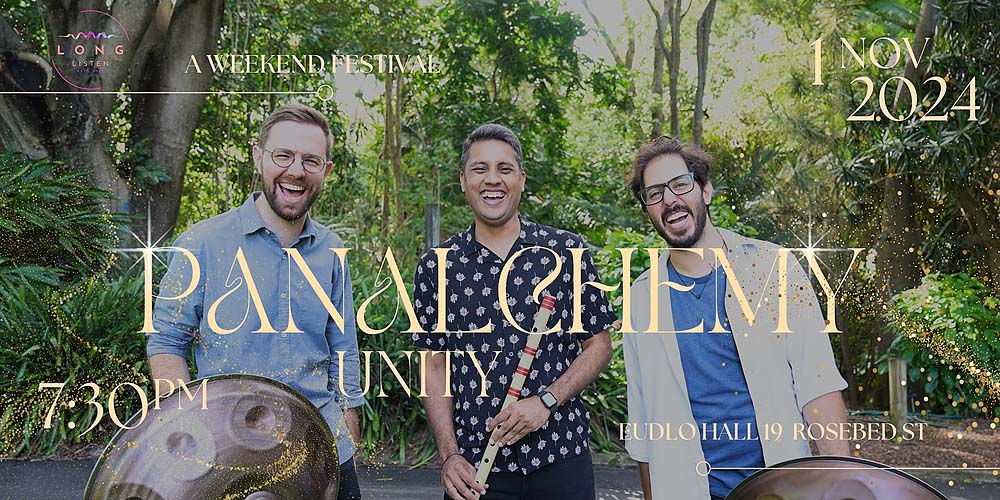

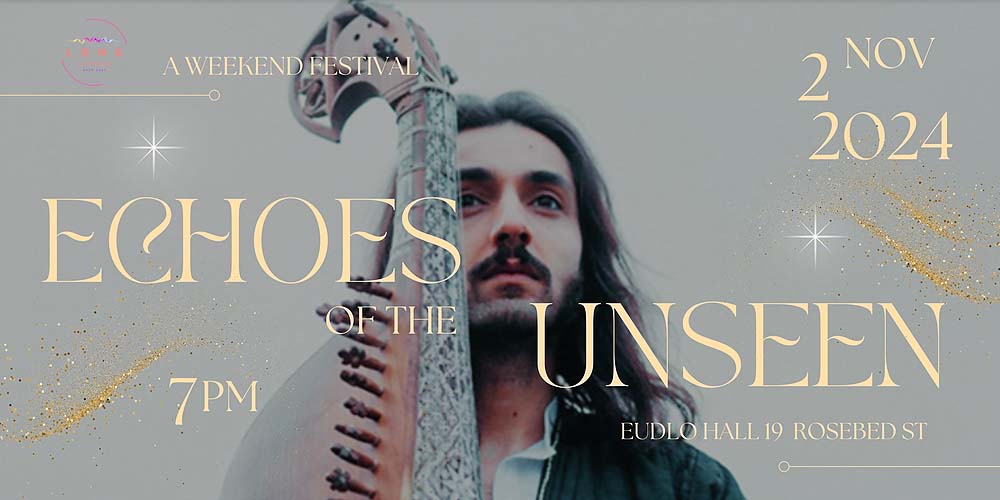
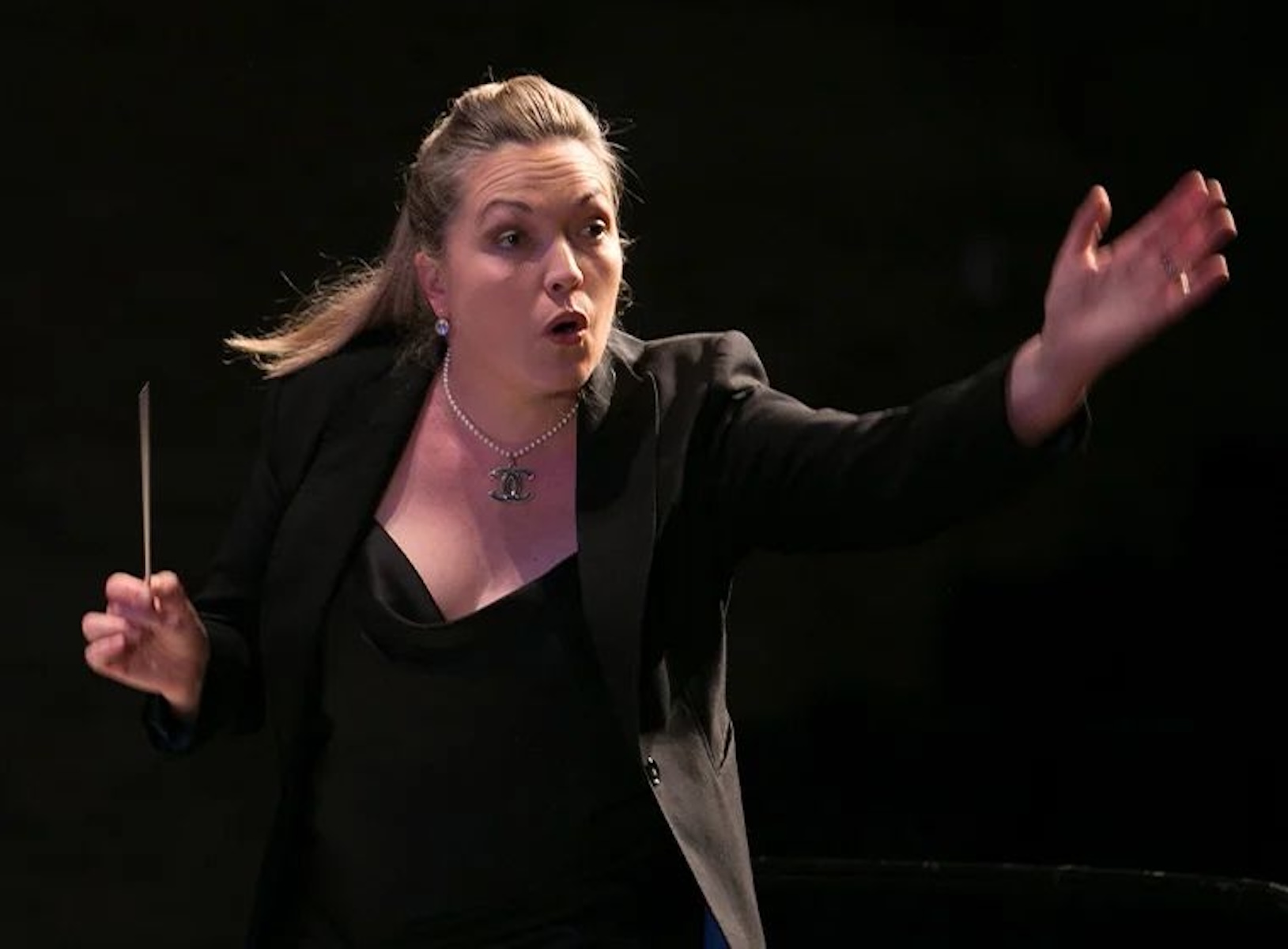
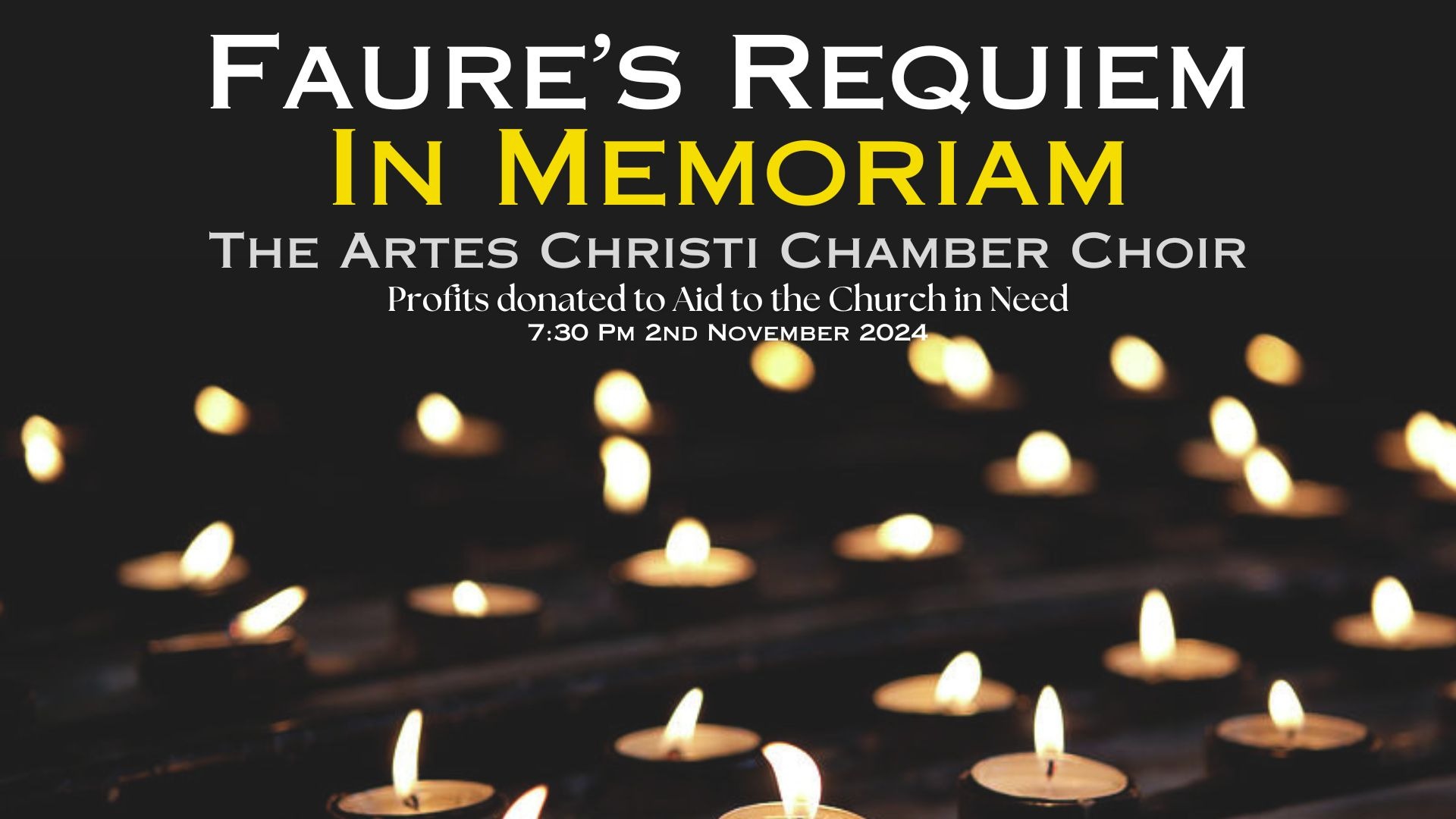
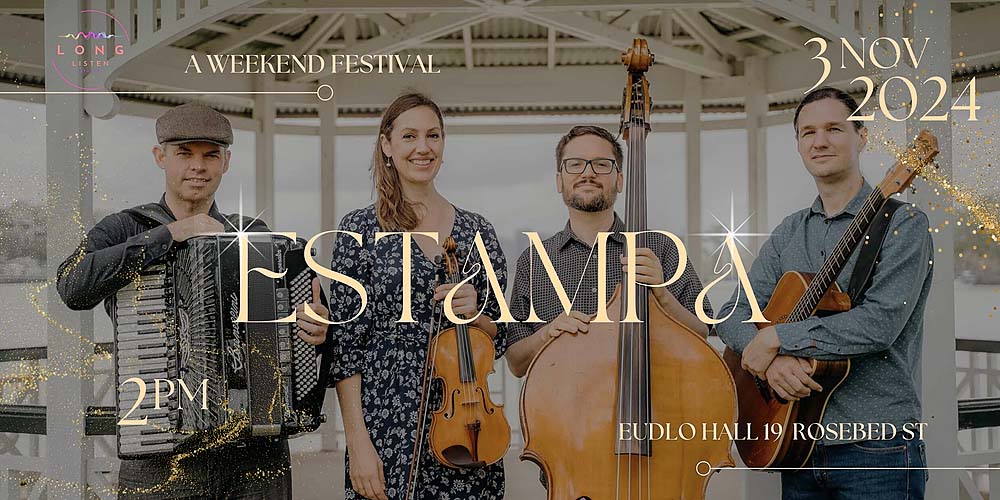

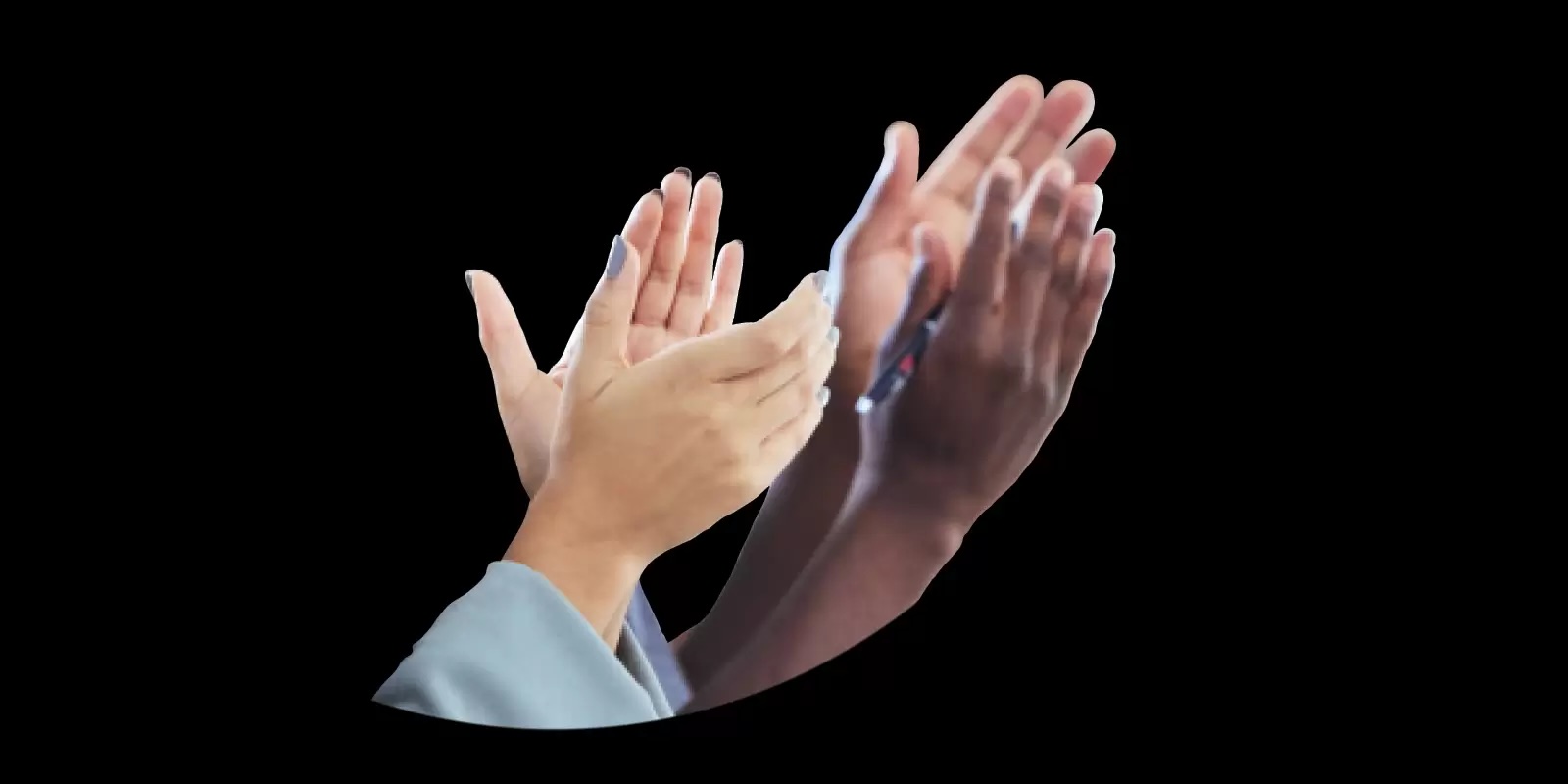



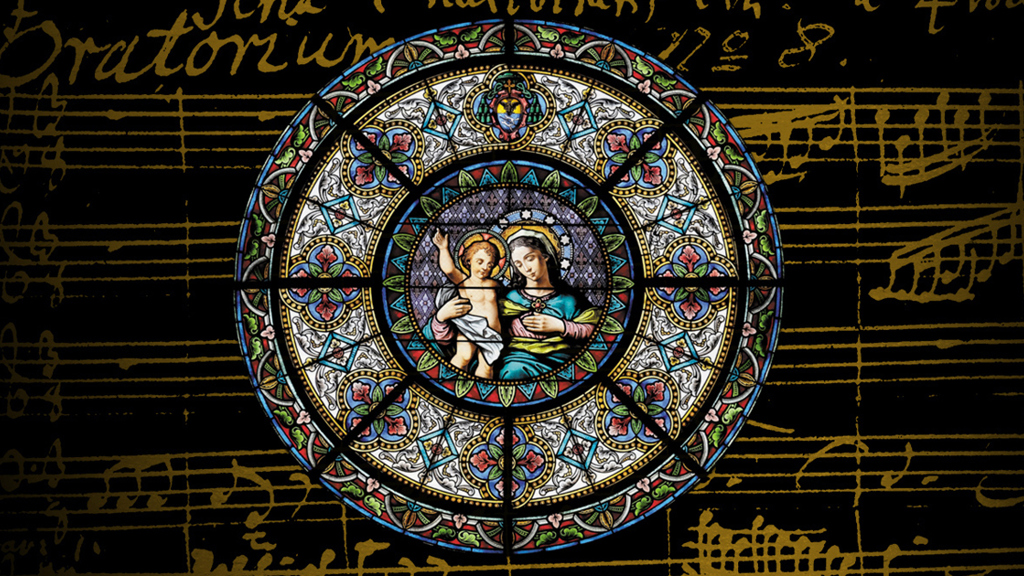
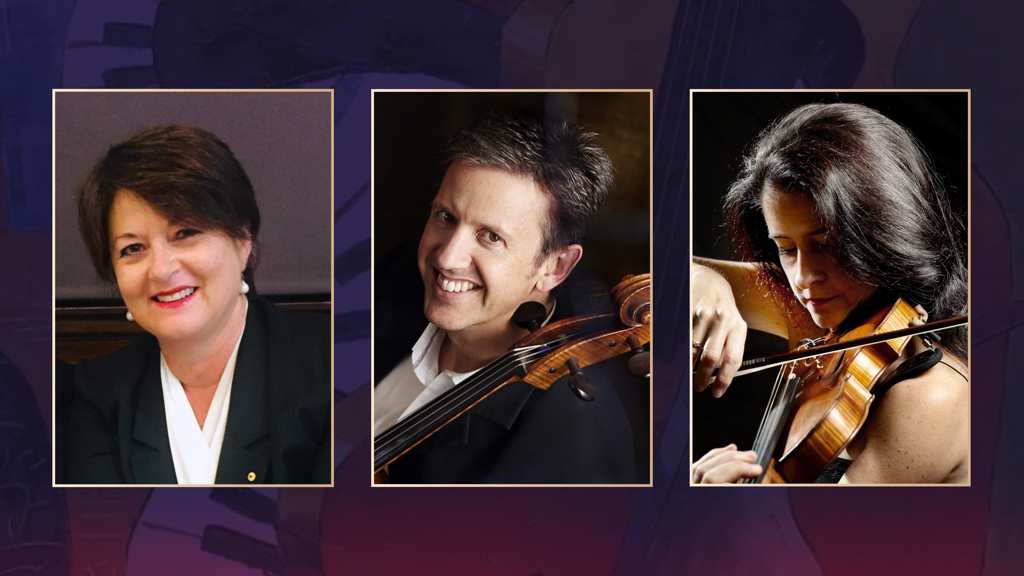

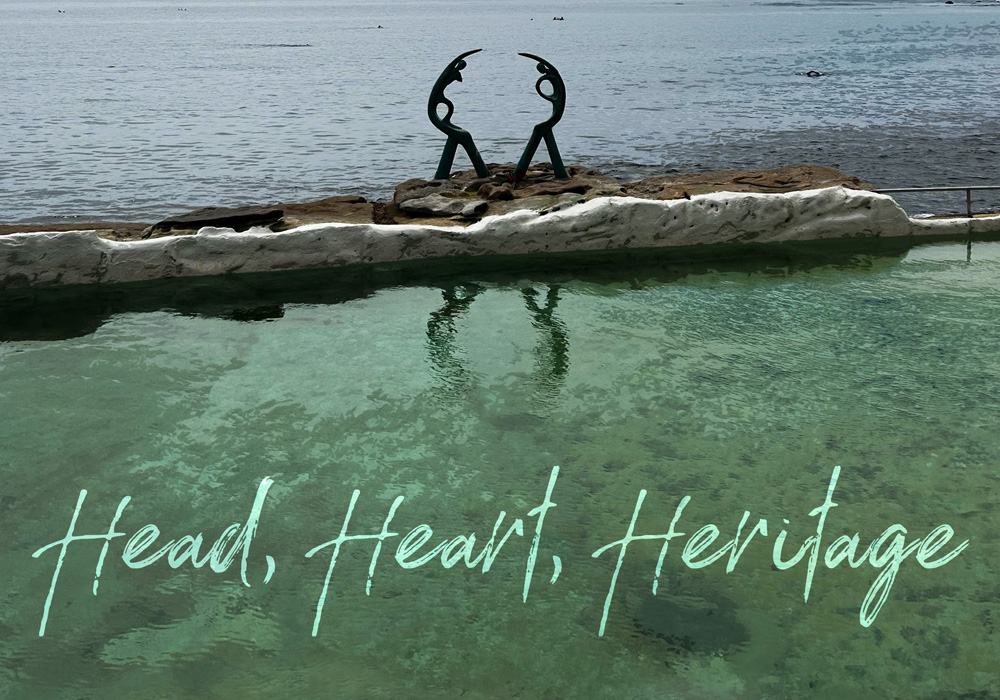
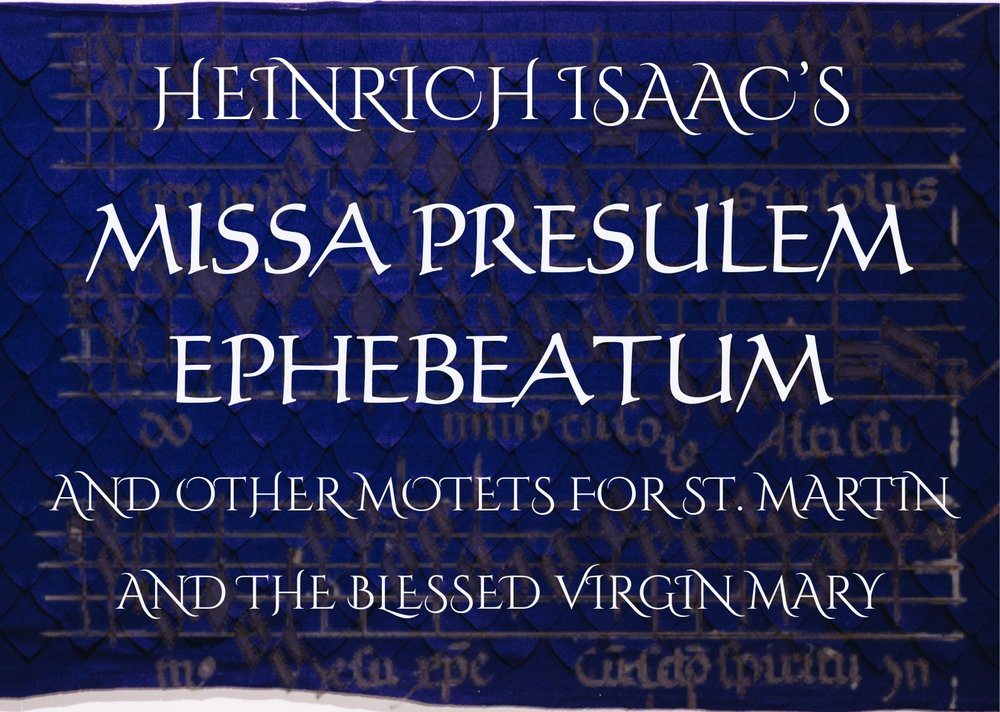

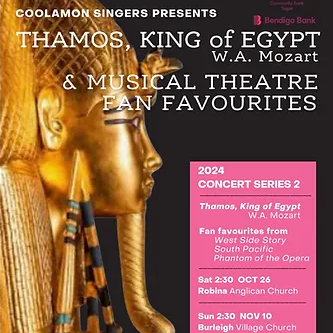
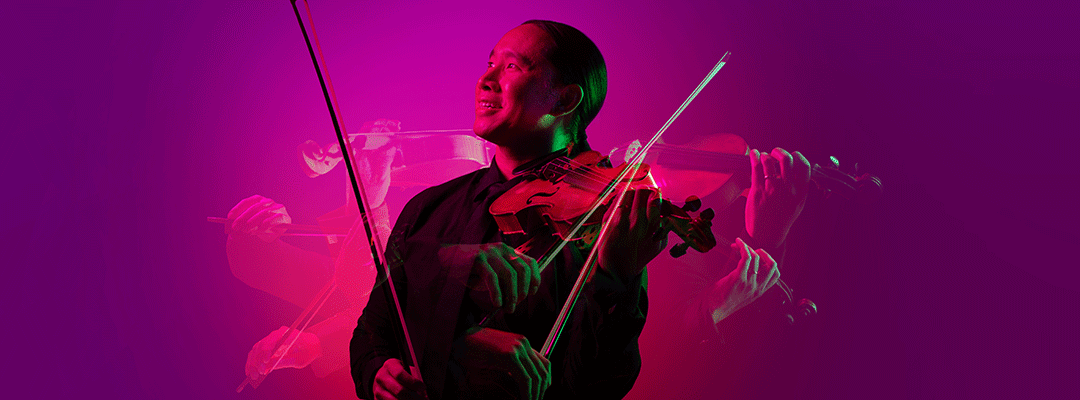


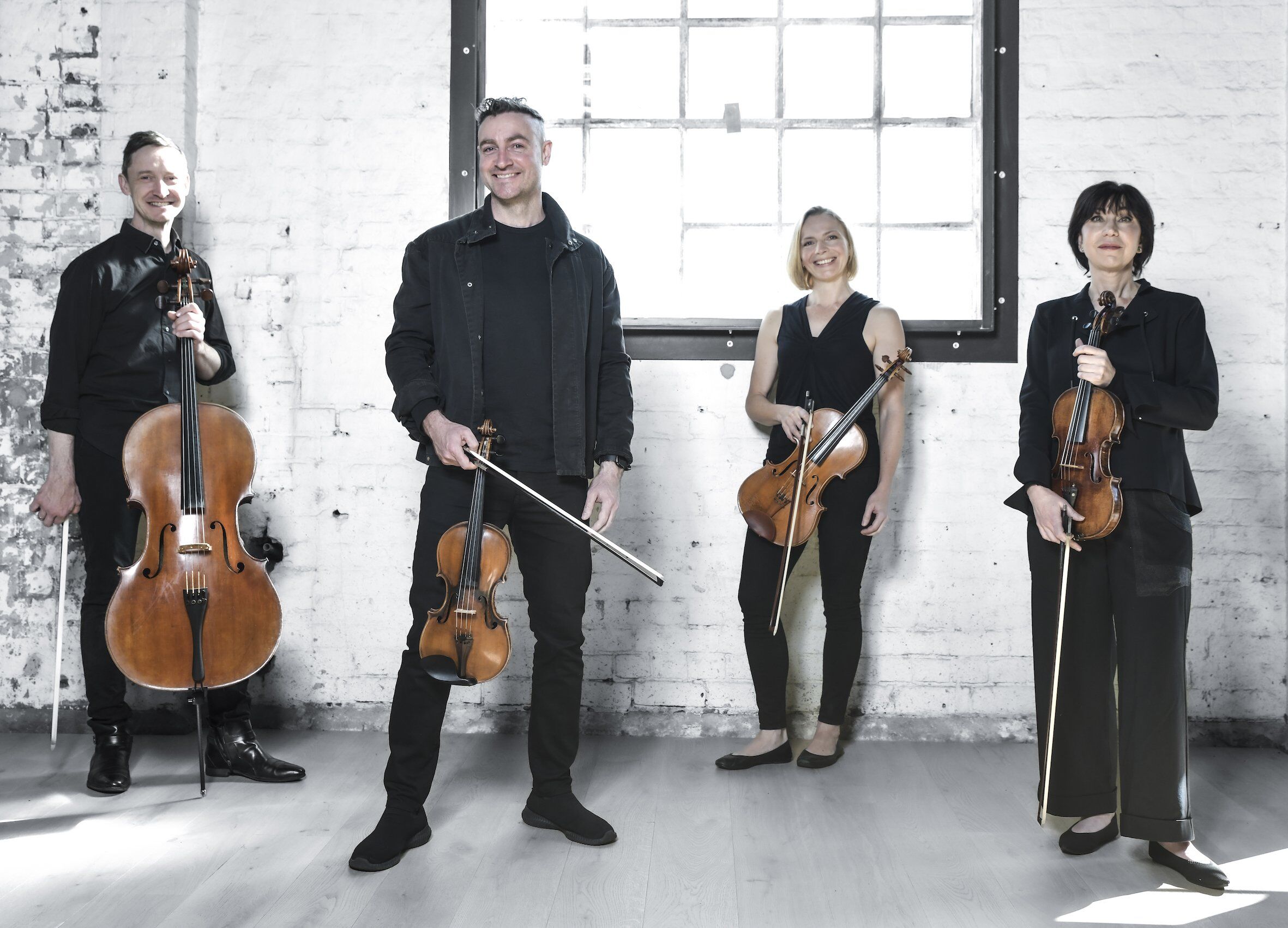

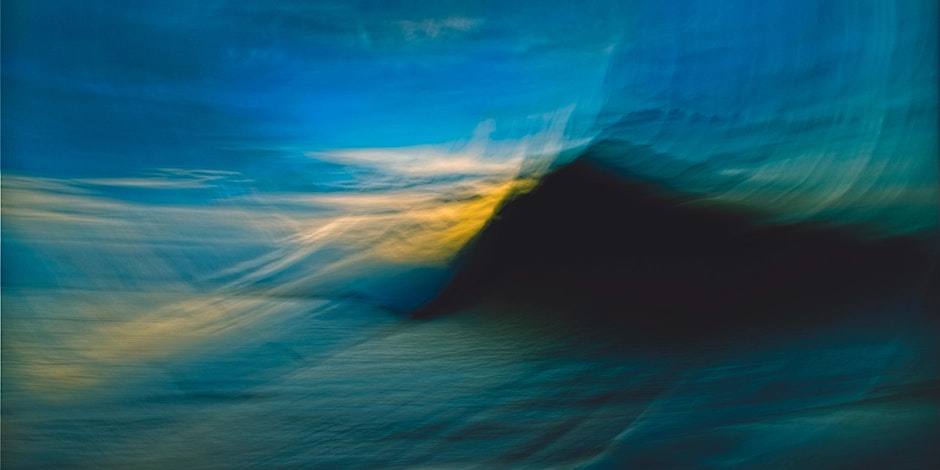



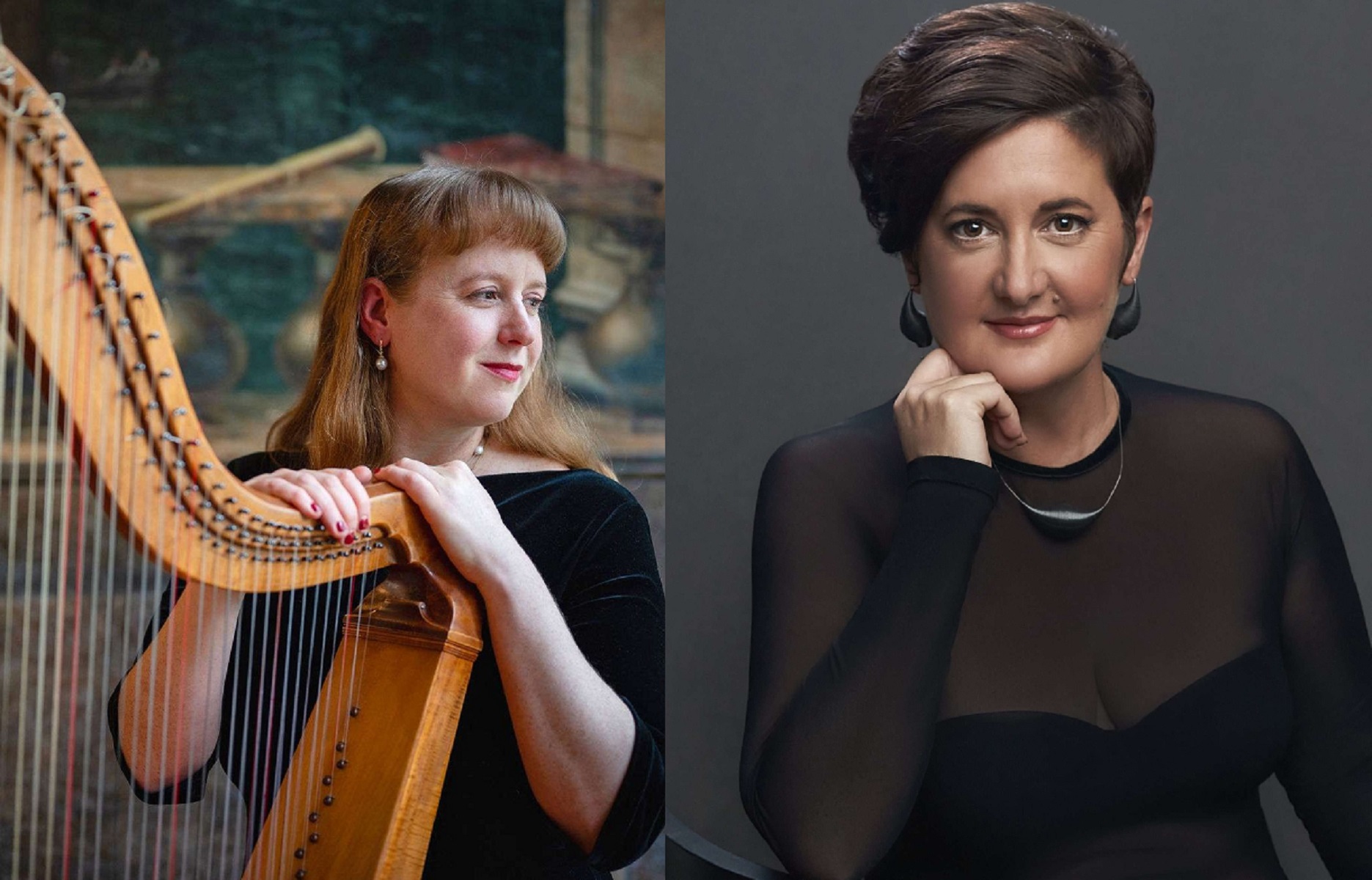
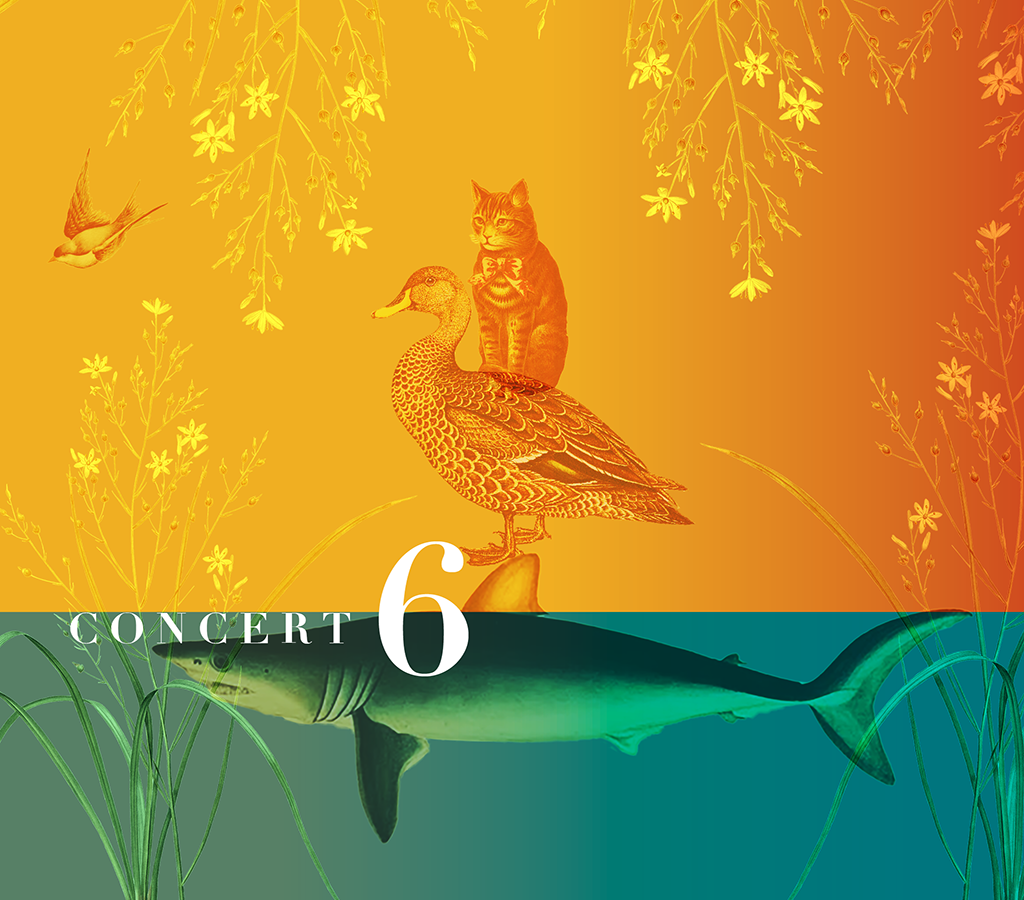

![user222 mrc mostlymozart [splendour of vienna] user222 mrc mostlymozart [splendour of vienna]](https://cdn-classikon.b-cdn.net/wp-content/uploads/2024/02/user222-mrc_mostlymozart_splendour_of_vienna.png)

